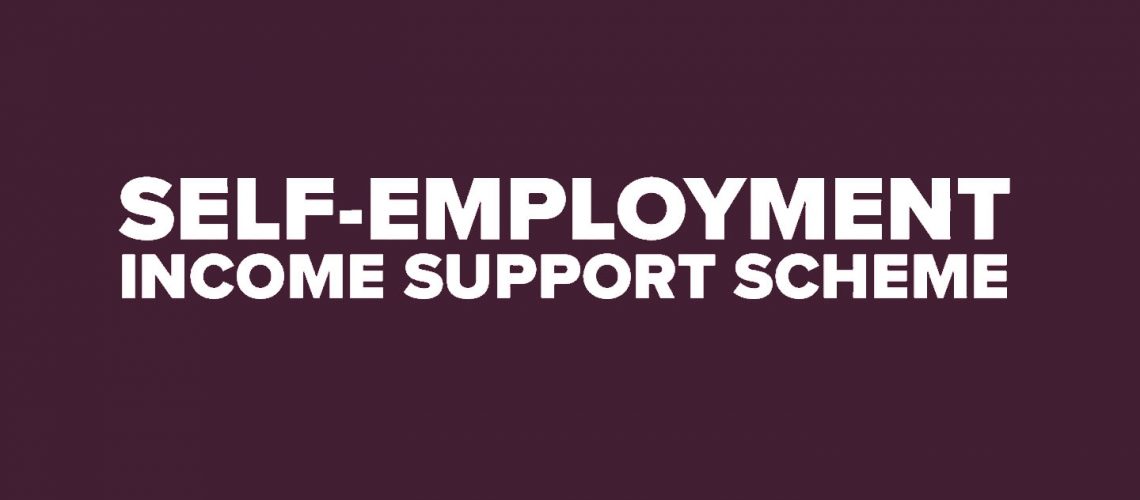You’ve received payments under the Self-Employment Income Support Scheme (SEISS), including the fourth grant. However, HMRC expects you to review your claims and repay any overpayments. What should you be checking?
Who checks what?
Apart from two exceptions, explained below, calculating the amount of the Self-Employment Income Support Scheme (SEISS) isn’t your responsibility. HMRC assesses your eligibility and the amount of the grant using the figures you supplied in your tax returns. As long as your tax returns were accurate, you only have to make sure that your business was adversely affected by coronavirus. The trouble is “adversely affected” has different meanings for different SEISS grants.
Amount of claim – checking exceptions
Although HMRC is responsible for working out the amount of grant, you’re required to check that what it said you would get when you made your claim isn’t materially different from what you received. If it was, you’re obliged to tell HMRC. Also, you should review your claim amount if you amend your tax return on or after 3 March 2021. Specifically, if you amend your 2019/20 return you must check if it affects your fourth grant. If the amendment means you’re eligible for a smaller SEISS payment, you pay must repay the difference to HMRC, but only if it exceeds £100. Tip. If an amendment affects your SEISS claim, tell HMRC within 90 days. It will soon publish guidance about what to do if you’re unsure whether an amendment would reduce your grant.
Qualifying criteria – the SEISS 1 and 2
Apart from checking the amounts, you must also check that you met the “adversely affected” condition for the SEISS 1 and 2 claims. The adverse effect on your profits must have occurred between March to 13 July 2020 for the SEISS 1 and after 13 July for the SEISS 2. It will show itself as lower income or higher costs directly due to coronavirus. If you believe there was no adverse effect, you must notify HMRC and repay the grant. Tip. There’s no minimum by which your business income or costs needed to have been affected. As long there was an adverse effect you were entitled to claim the grant, even if your business recovered after your claim.
The SEISS 3 and 4
Some effects which counted as adverse and allowed you to claim the SEISS 1 and 2 aren’t relevant for the SEISS 3 and 4. Specifically, higher costs resulting from coronavirus don’t count as an adverse effect here. Where the SEISS 1 and 2 grants could be claimed if you lost a contract this doesn’t count as an adverse effect for the SEISS 3 and 4 if you were able to replace it. For the SEISS 3 and 4 “adversely affected” means your business must have suffered reduced demand as a direct result of coronavirus and at the time of your claim you had a reasonable belief this would result in a “significant” reduction in profits. What counts as “significant” isn’t quantified in the rules. But it must be identifiable as resulting from the pandemic. Plus, the adverse effect must show up as lower profits in your accounts. Tip. HMRC expects you to review all your SEISS claims in light of the conditions and criteria mentioned above. There are stiff penalties if you don’t notify HMRC of any overpayment.
For the SEISS 1 and 2 you must be sure that at the time of your claims you could reasonably have expected increased costs or lower income as a direct result of the pandemic. For the SEISS 3 and 4 you must be certain that the adverse effects of the pandemic on your business will result in lower profits.
For more information please email sarah@impala-accountancy.co.uk.

